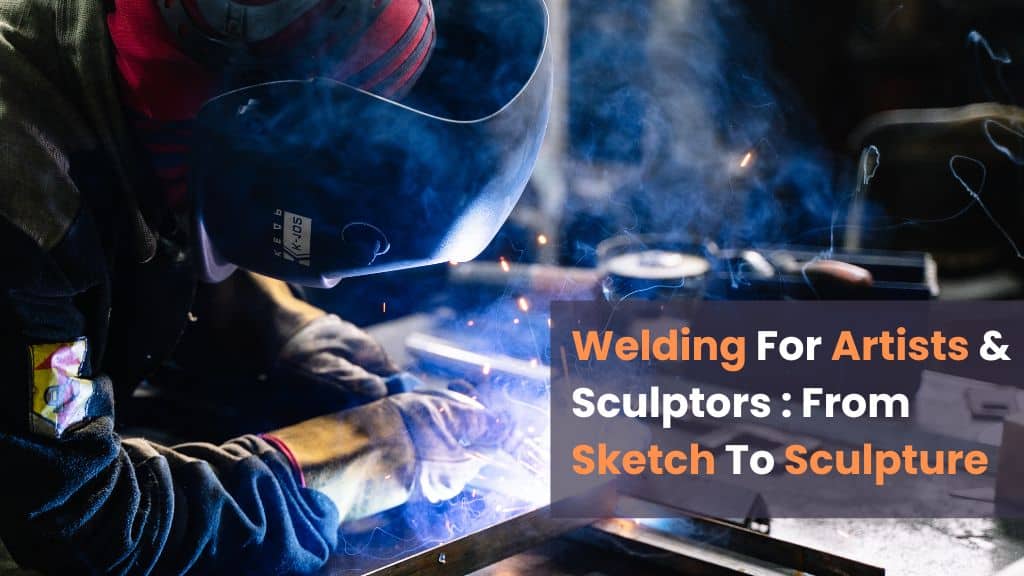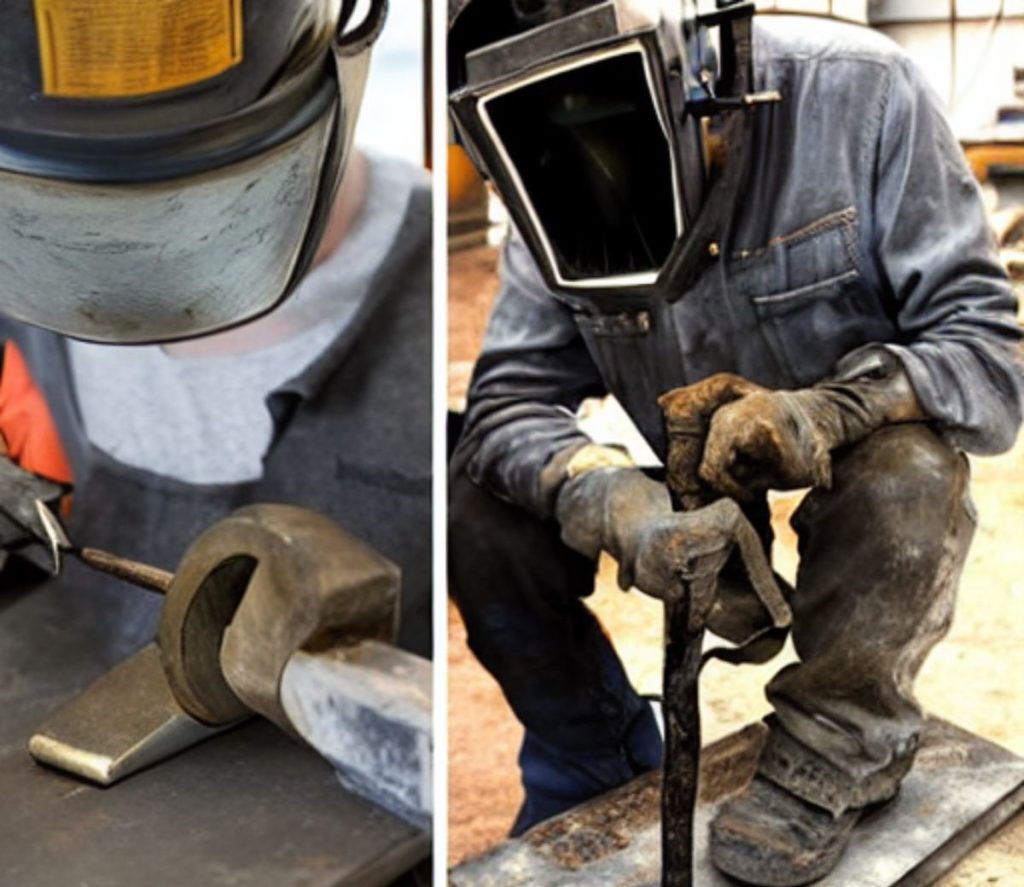Welding sculptures can be a rewarding and challenging hobby or profession for those interested in creating art through metalworking. However, it is important to prioritize safety and familiarize oneself with the proper materials, equipment, and techniques before diving in.
Welding For Artists & Sculptors

190 Cases
Considered
180 Hours of Research
32 Experts Interviewed
250 Studies
Analyzed
Safety
Safety is of the utmost importance when welding sculptures. Proper safety equipment, such as a welding helmet, gloves, and flame-resistant clothing, is essential to protect the welder from the intense heat and bright light produced during the welding process.
It is also important to follow proper safety procedures, such as wearing proper ventilation and keeping the work area clean and organized to minimize the risk of accidents.
Common hazards to be aware of when welding include electric shock, burns, and fire. To avoid these hazards, it is important to use proper grounding techniques, keep flammable materials away from the welding area, and use fire extinguishers in case of an emergency.
Materials and Equipment
The materials used for welding sculptures can range from metal and steel to aluminum and other alloys. It is important to choose the right material for the specific project, taking into consideration the desired strength and appearance of the finished sculpture.
There are several types of welding equipment available, each with its own pros and cons. MIG welding, for example, uses a continuous wire feed and is great for beginners or those working on projects with thin materials.
TIG welding, on the other hand, uses a tungsten electrode and is more precise, but requires more skill and experience. Stick welding, also known as shielded metal arc welding, uses a consumable electrode and is great for outdoor projects or those involving dirty or rusty materials.
Techniques
There are a variety of welding techniques that can be used for sculptures, and the best technique will depend on the specific project and the welder’s skill level.
MIG welding, TIG welding, and stick welding are all popular techniques for sculptures, and each has its own unique characteristics and benefits.
Factors such as amperage, filler material, and torch angle can all affect the appearance and strength of the weld, so it is important to experiment and practice to find the right technique for the job.
Design and Planning

Design and planning are key to creating a successful welding sculpture. It is important to sketch out a rough design and consider the structural integrity of the piece before beginning to weld. It is also important to consider the size and weight of the sculpture, as well as any potential issues with stability or balance.
Practice and Patience
Practice and patience are essential when learning to weld sculptures. It takes time and experience to develop the skills and confidence necessary to create successful pieces. Finding small practice projects or taking classes can be a great way to improve skills and learn new techniques.
Conclusion
In conclusion, welding sculptures can be a rewarding and challenging hobby or profession for those interested in creating art through metalworking. It is important to prioritize safety and familiarize oneself with the proper materials, equipment, and techniques before beginning a project.
Design and planning, as well as practice and patience, are key to creating successful sculptures. For those interested in pursuing welding as a hobby or profession, there are many resources and classes available to help improve skills and learn new techniques.